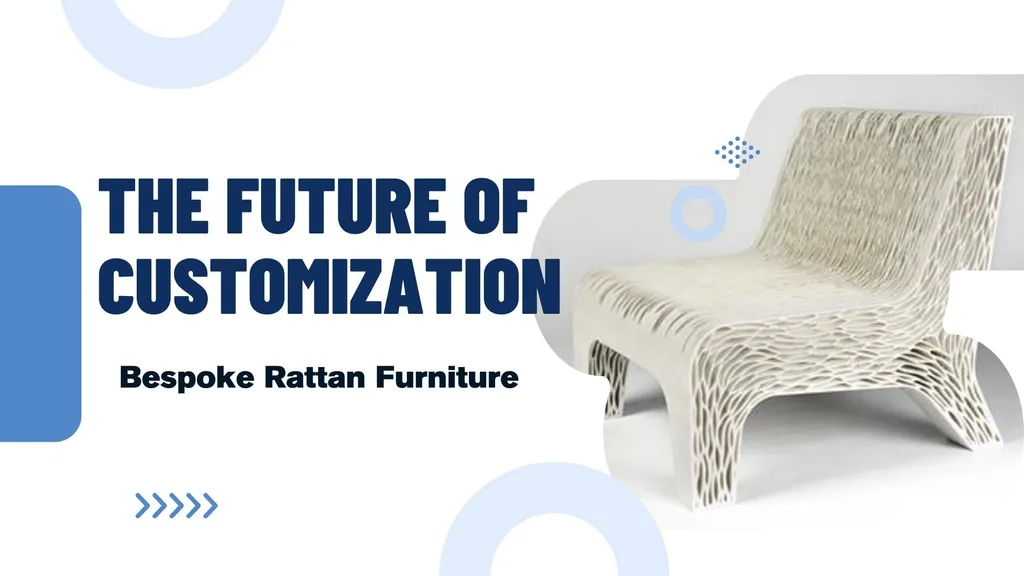Contents

In the vibrant world of home decor, understanding what drives consumer purchases is like discovering the perfect weave in a handcrafted tapestry. At Ethical Handicraft Manufacturer (EHM), we recognize that choices in decor are shaped by a blend of personal identity, cultural influences, and evolving lifestyle trends. This blog explores the key factors influencing home decor buying decisions, offering insights for brands and artisans to create meaningful, resonant products.
Key Influences on Home Decor Purchases
Consumer decisions in home decor are shaped by psychological, cultural, social, and economic factors. Shoppers seek items that reflect their identity, evoke comfort, and align with their values. Key drivers include:
Psychological Needs: Consumers choose decor to mirror their aspirations, boosting mood and self-esteem through spaces that feel uniquely personal.
Cultural and Social Influences: Social media platforms like Instagram and Pinterest amplify trends, while cultural heritage inspires choices that connect to personal or societal narratives.
Economic Factors: Disposable income and economic conditions influence whether consumers opt for luxury pieces or minimalist, budget-friendly designs.
The Power of Personalization
Personalization is a cornerstone of modern home decor. Shoppers crave spaces that tell their story, from custom color palettes to tailored furniture configurations. Technology, such as AI-driven design tools, enhances this by offering curated recommendations and interactive shopping experiences. Personalized decor fosters emotional connections, turning houses into sanctuaries that reflect individual lifestyles and boost customer loyalty.
Comfort vs. Aesthetics: Striking a Balance
The debate between comfort and aesthetics defines many decor choices. While some prioritize plush, cozy elements for well-being—think soft throws or ergonomic seating—others lean toward visually striking designs that express personal style. The pandemic underscored the value of comfort, with consumers seeking safe, nurturing spaces. Today, successful brands blend both, crafting items that are as functional as they are beautiful, ensuring homes are both inviting and expressive.
Demographic Trends Shaping the Market
Different generations bring unique preferences to home decor:
Millennials: As digital natives, Millennials favor minimalism, sustainability, and tech-savvy shopping. They prioritize eco-friendly materials and multifunctional designs suited for urban living, often inspired by social media influencers.
Baby Boomers: This generation values quality, durability, and comfort, often choosing ergonomic and sustainable decor that supports aging gracefully. Their financial stability drives demand for premium, long-lasting pieces.
Sustainability: A Growing Priority
Sustainability is no longer a niche trend but a core consumer demand. Shoppers, especially Millennials and Gen Z, seek eco-friendly materials like bamboo, jute, or cork, driven by environmental consciousness. The global sustainable home decor market is projected to reach $556.3 billion by 2031, reflecting this shift. Brands that prioritize ethical sourcing and transparent practices gain a competitive edge, appealing to consumers who value purpose-driven purchases.
The Shopping Experience: In-Store vs. Online
The shopping experience significantly influences decor choices. In-store shopping, preferred by 85% of consumers for its tactile appeal, offers sensory engagement that fosters discovery. Online platforms, however, provide convenience, price transparency, and access to a wider range of styles, especially for Millennials. Hybrid shopping—blending in-store exploration with online convenience—caters to diverse preferences, enhancing satisfaction.
Social Media and Influencer Impact
Social media platforms like Instagram and Pinterest are powerful drivers of decor trends. Influencers inspire purchases by showcasing authentic, aspirational designs, building trust and sparking urgency through limited-time offers. DIY content and budget-friendly ideas further democratize decor, encouraging consumers to personalize their spaces creatively.
Price Sensitivity and Quality Expectations
Price sensitivity varies among consumers. While some prioritize affordability, others are willing to pay more for quality, durability, or unique craftsmanship. Perceived value, brand trust, and economic conditions shape these decisions. Transparent pricing and strategic promotions help brands meet consumer expectations, balancing cost with emotional and functional value.
The home decor market thrives on understanding consumer desires for personalization, sustainability, and comfort. By aligning with these preferences, brands can craft products that resonate deeply, transforming houses into meaningful sanctuaries. At Ethical Handicraft Manufacturer (EHM), we embrace these insights, weaving eco-friendly, handcrafted mây tre đan (rattan and bamboo) pieces that reflect both beauty and purpose, connecting with consumers’ evolving lifestyles.





